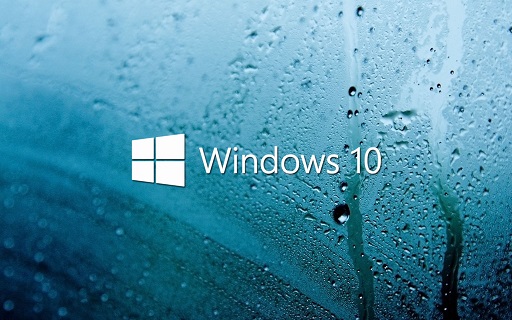Early in 2015, Microsoft announced the latest version of their OS Windows 10 to be released. Microsoft has made Windows 10 available free of cost to customers running Windows 7, Windows 8 and Windows 8.1 in the first year after the launch. Microsoft, being the most business friendly software provider, small as well as larger business organizations have a whole lot to expect from this update. Ranging from the enhanced GUI and the advanced choices for installing the updates to Microsoft’s own virtual assistant-Cortana, there are a number of options to make the experience livelier.
Windows 10 offers extensive flexibility in the way it is used and managed by the enterprises. The most revolutionary modifications have been done to the update features. Often, organizations have business critical applications that have strict management rules when it comes to updating them.
For such devices, Microsoft has rolled out the Long Term Servicing Branch. On these branches, devices will receive only critical and security updates while the additional features will be omitted in the updates for the duration of the mainstream. However, the user has been given the flexibility to receive security updates and fixes via WSUS, which allows manual configuration for updates.
Similarly, for devices that are not business critical, Microsoft has a similar program called the Current branch for Business. Machines enrolled in this program will receive all the updates and fixes, after they have been fully tested and evaluated for bugs in the consumer market. As in the previous program, enterprises can choose whether to install updates automatically, or change the preferences via WSUS. Further, Windows 10 gives us the option to move devices from Long term servicing branch to the Current branch for business, and vice-versa.
Apart from updates, one of the other features that businesses are looking forward to is the web-based portal feature that Windows 10 will provide. This feature is especially very useful for the smaller businesses that lack the infrastructure to create their private portal. Through the portal, apps can be acquired and then assigned to different members of the organization. Even you can upload and run your own custom business apps. This allows businesses to have their own customizable platform to work on.
Windows 10 also brings several changes in many other fields, such as security. To make your business data more secure, there is a new protection feature added in this version, which not only protects the data while it is in the device, but also follows it to USB drives, emails and cloud. There is another functionality called Device Guard, which locks down devices and only allows some trusted apps to run, which may be windows apps or your business apps. This provides more security against malwares and in case one of your systems on the network gets affected, the damage can be contained.
For more advanced and secure authentication, Microsoft gives us facial recognition through Windows Hello and biometric authentication through Microsoft Passport. With these security features, many organizations that have been a part of the Windows Insider program, feel that security benefits are the key reasons that they choose to migrate over earlier versions.


